Beginner skis are generally referred to as "entry-level" or "learner" skis. They are designed specifically for those who are new to the sport and may not have a lot of experience on the slopes. They tend to be shorter and softer than other skis, making them easier to maneuver and control.
However, any skis can be beginner skis, if you choose them with regards to your needs. Beginner skis should be light, allowing easy turns, and not too long, allowing free movement. Also, they should give you a little bit more of extra balance.
What are the best types of skis for beginners?
The best types of skis for beginners are those that are designed to be forgiving and easy to use. This includes entry-level skis, which tend to have a softer flex and a more gradual sidecut. Additionally, beginner skiers may want to look for skis that are shorter in length, as this can make them easier to control and turn.
Skiboards (sometimes called skiblades and snowblades, too) are skis which check all of the boxes mentioned above. They are shorter than regular skis and therefore easy to control and turn. However, they are not as short as skiskates, or mini skis, so they still provide a considerable amount of support.
Another popular option for beginners are all-mountain skis, which are designed to perform well in a variety of conditions. These skis are versatile and can be a good choice for those who want to explore different parts of the mountain.
How to choose skis for a beginner?
1. Ski Length
The length of the ski is one of the most important factors to consider when choosing skis. As a beginner, you should choose skis that are shorter than the traditional skis. Shorter skis are easier to control, turn, and stop. They also require less effort to maneuver, making them ideal for beginners.
2. Ski Width
The width of the ski is another important factor to consider. Wider skis are more stable and easier to balance on, making them ideal for beginners. However, wider skis can be more difficult to turn and maneuver in tight spaces. As a beginner, it's best to choose skis with a moderate width, neither too wide nor too narrow.
3. Ski Flex
The flex of the ski refers to its ability to bend and rebound. Stiffer skis provide more stability and support at high speeds, but can be difficult for beginners to control. Softer skis are more forgiving and easier to control, making them ideal for beginners. As a beginner, you should choose skis with a softer flex.
4. Ski Shape
The shape of the ski determines how it will perform on the snow. Skis with a wider tip and tail will be more stable and easier to turn, while skis with a narrower tip and tail will be more responsive and agile. As a beginner, it's best to choose skis with a moderate shape, neither too wide nor too narrow.
5. Ski Camber
The camber of the ski refers to the shape of the ski when it's not in use. Cambered skis are arched in the middle, which provides more edge control and stability. Rockered skis are flat in the middle and curved at the tip and tail, which provides more floatation and maneuverability in soft snow. As a beginner, it's best to choose skis with a moderate camber.
6. Ski Bindings
The bindings are an important part of the ski setup, as they are responsible for connecting your ski boots to the skis. As a beginner, you should choose bindings that are easy to adjust and release, in case of a fall. Look for bindings that have a wide range of adjustment, so you can fine-tune the fit to your boots.
7. Ski Boots
The ski boots are also an important part of the ski setup, as they provide the support and control needed to ski. As a beginner, you should choose boots that are comfortable and provide good support. Look for boots that have a soft flex, which will be easier to control and maneuver.
What is a forgiving ski?
A forgiving ski is one that is designed to be more forgiving and less punishing for mistakes made by a beginner skier. It will have a softer flex, making it easier to turn and control. Additionally, a forgiving ski will typically have a wider waist and a more gradual sidecut, which allows the skier to initiate turns more easily and maintain better balance.
What is the easiest ski run?
The easiest ski run is typically referred to as a "green" run. These runs are designed for beginners and are generally wide and gentle, with a very gradual slope. They are perfect for those who are just starting out and want to get a feel for the sport without feeling overwhelmed or intimidated.

Are short skis really easier to use?
Short skis, also known as skiboards are easier to use. Because they are shorter than traditional skis, they are easier to turn and control, making them a popular choice for beginners. Additionally, skiboards can be a good option for those who are more interested in freestyle skiing, as they are easier to maneuver in the park.
Ultimately, the best type of ski for a beginner will depend on their individual needs and preferences. However, you won't make a mistake relying on skiboards or skiblades, since these short skis are perfect for beginners or anybody who feels like long skis are just not the right thing.

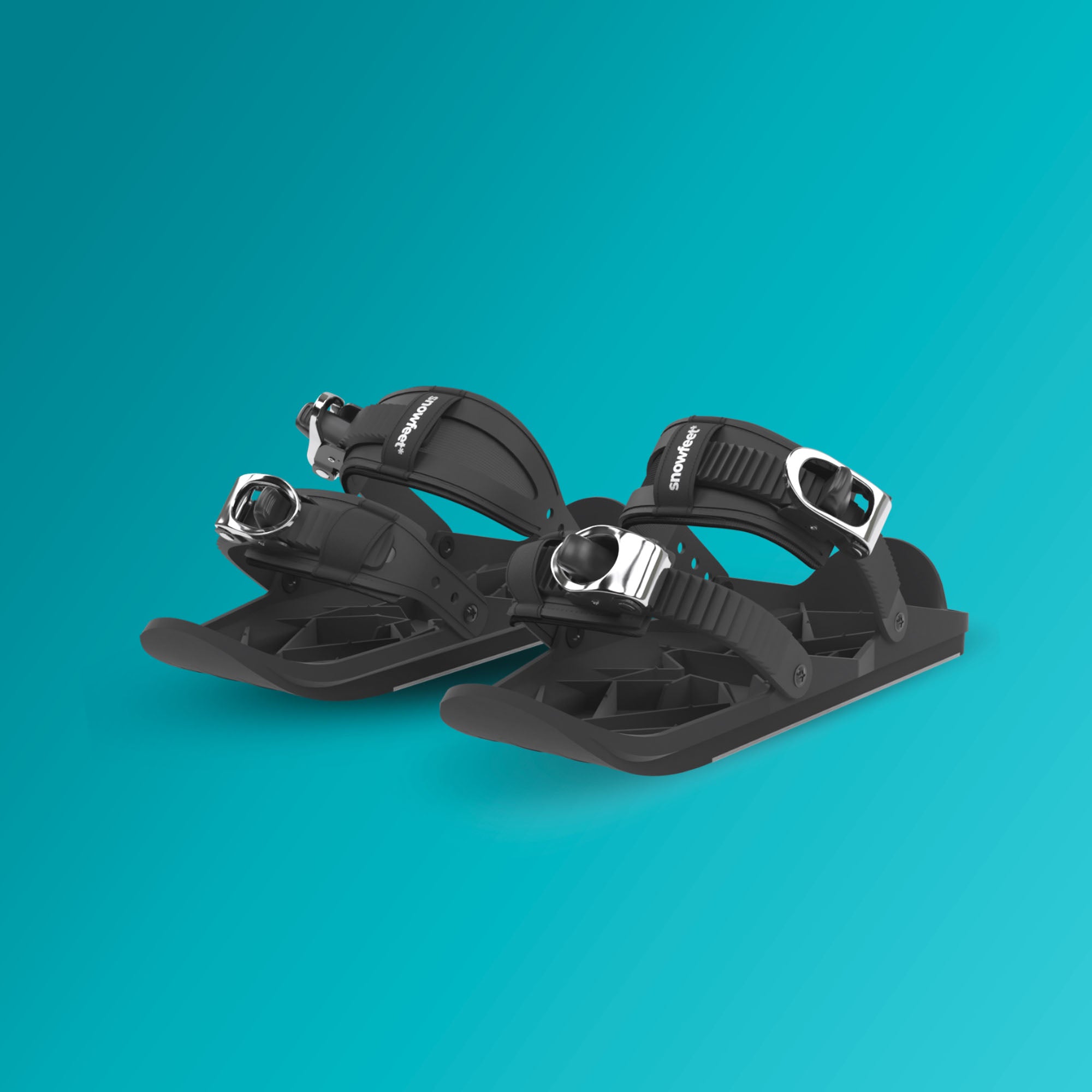
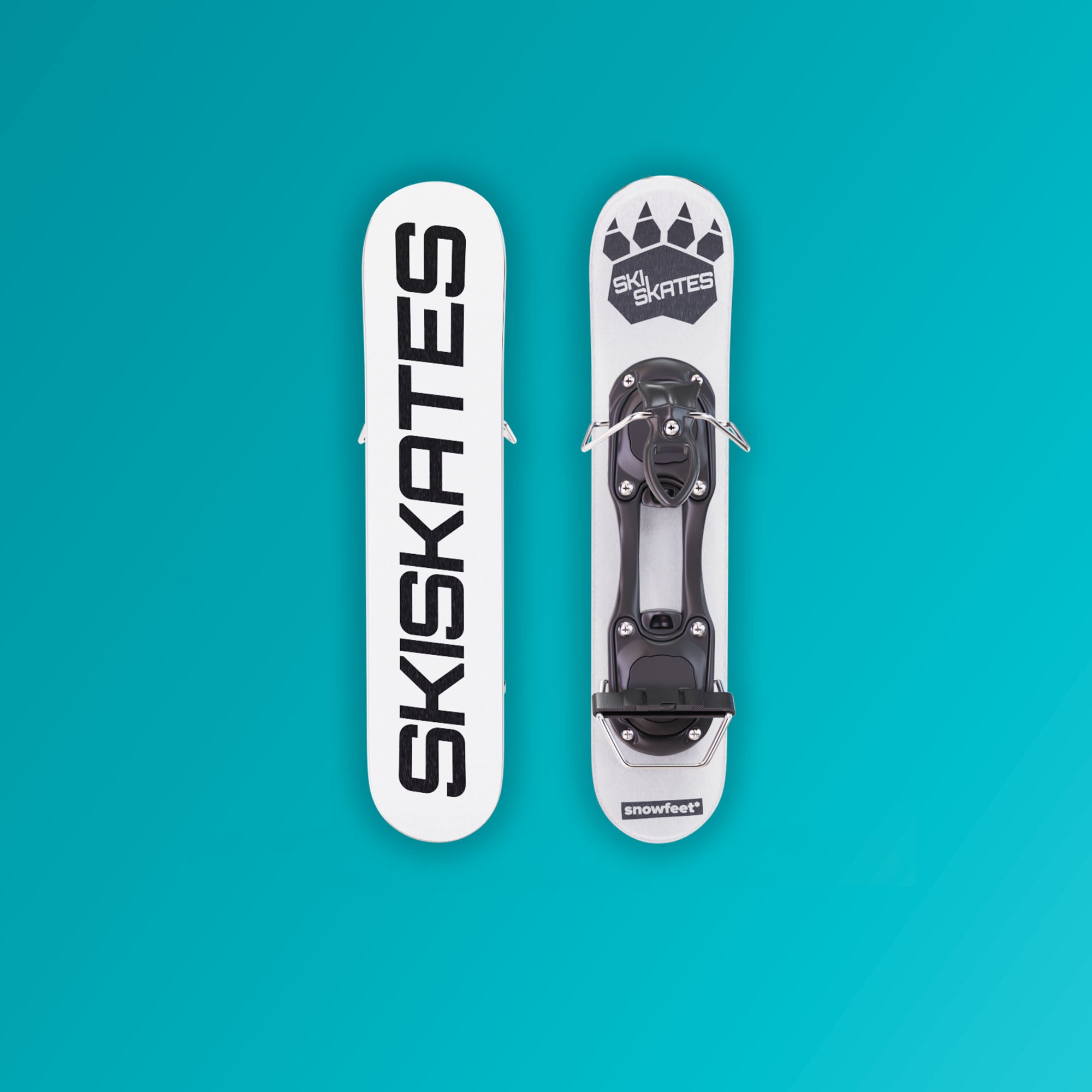
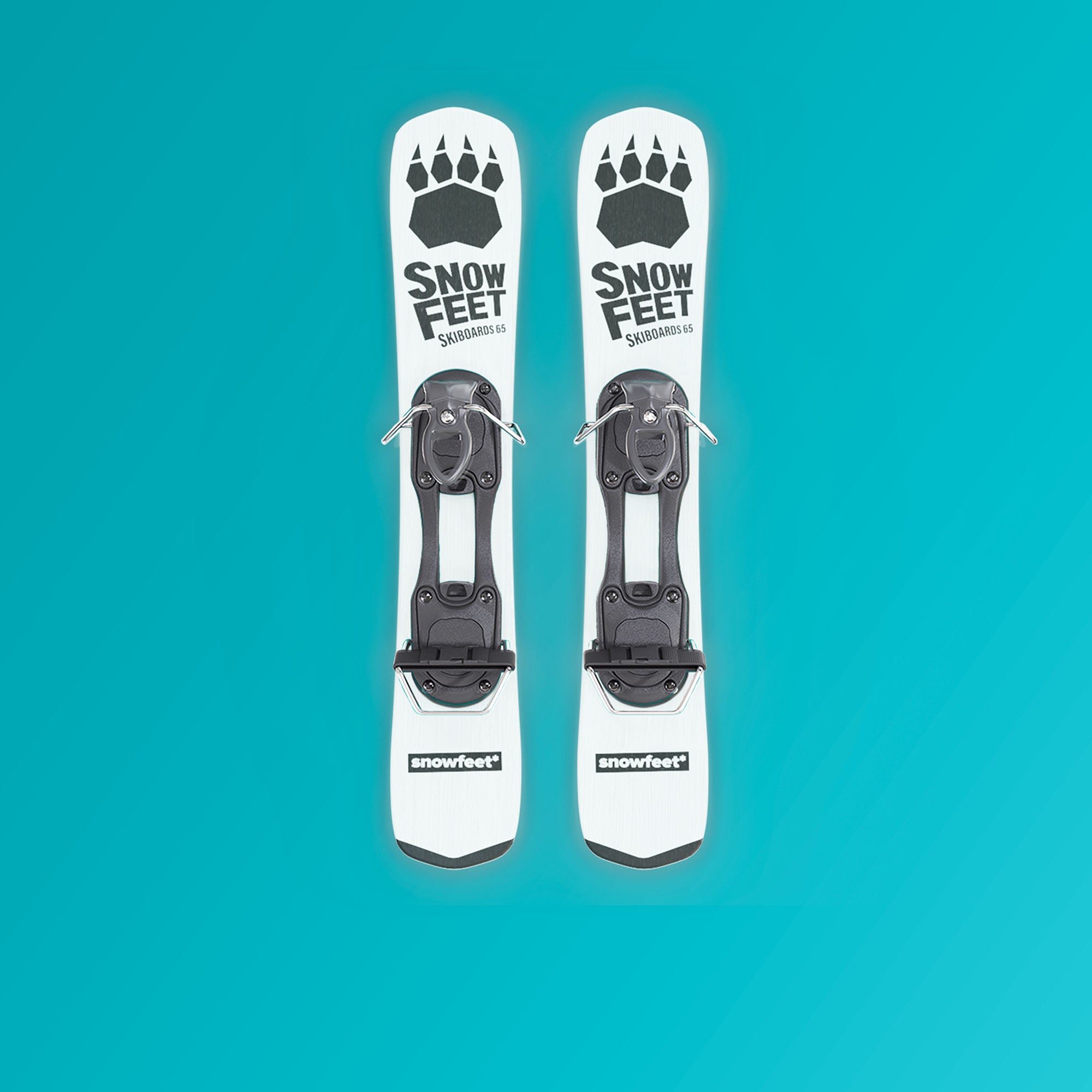
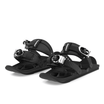
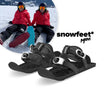
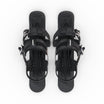
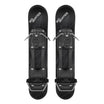
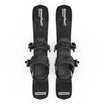
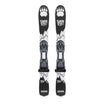
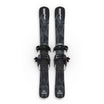
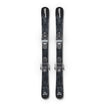
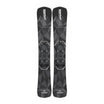
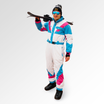
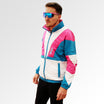
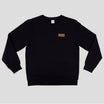
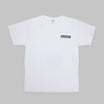
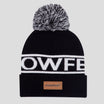
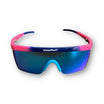
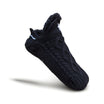
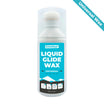
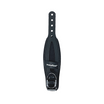
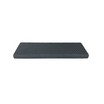





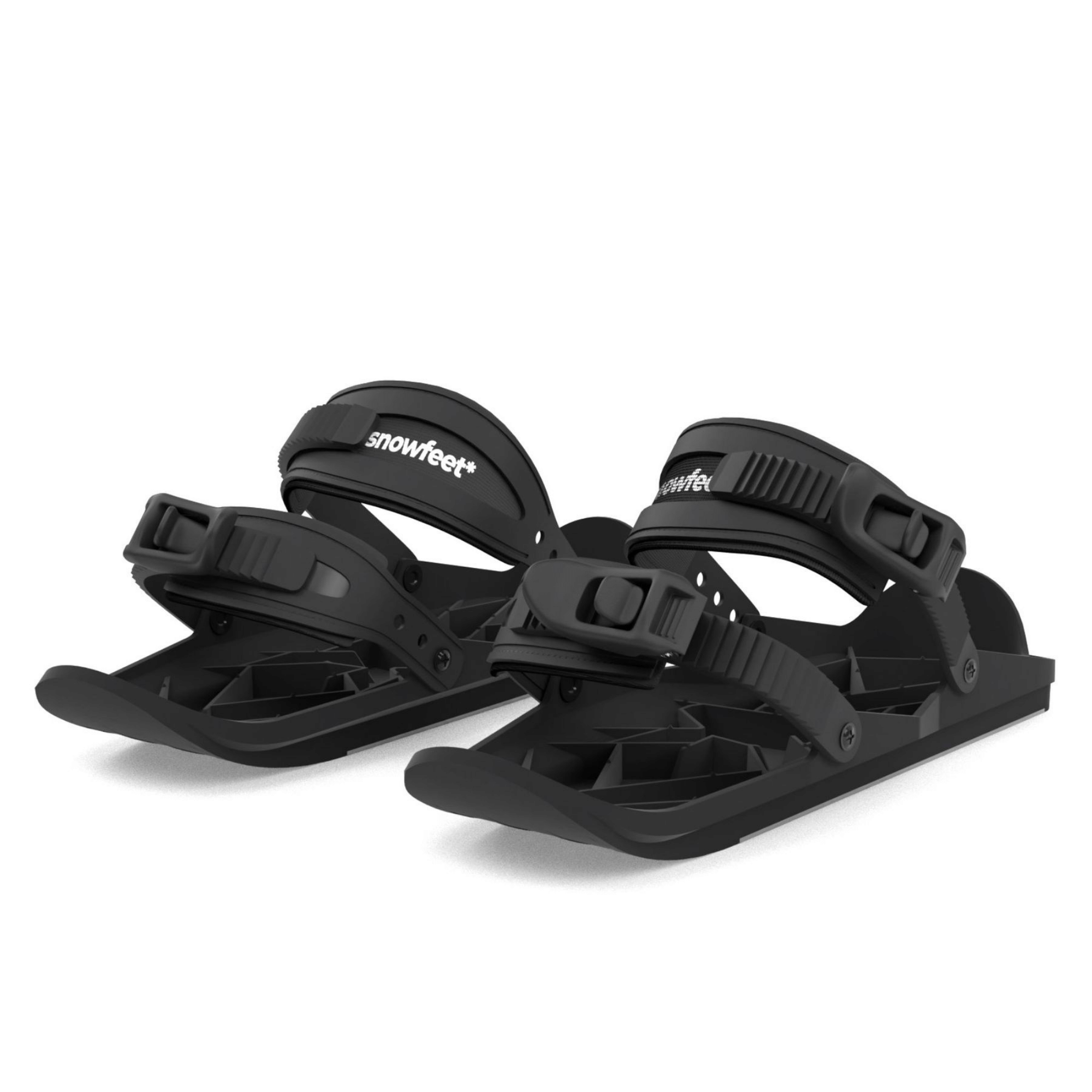
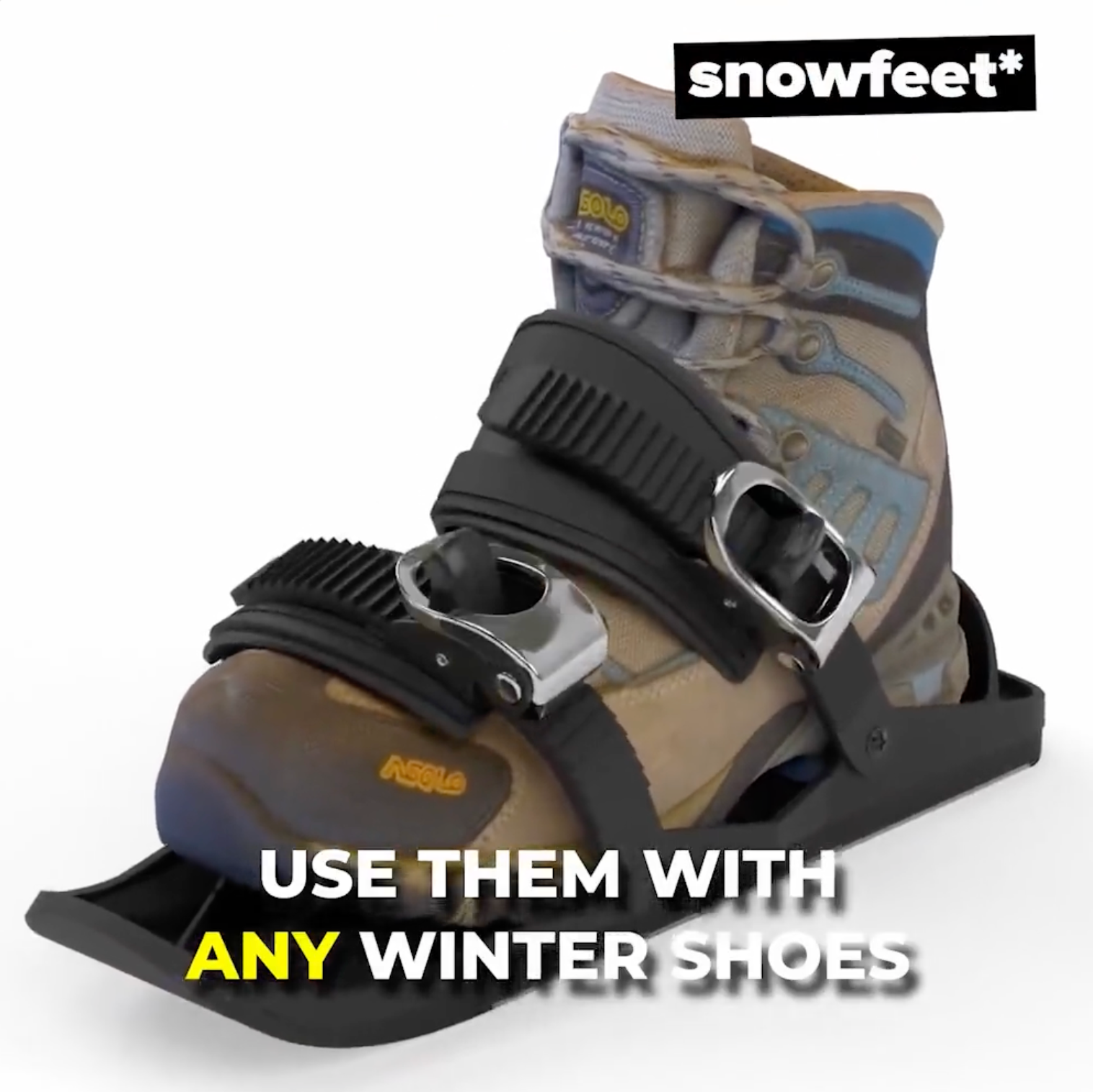
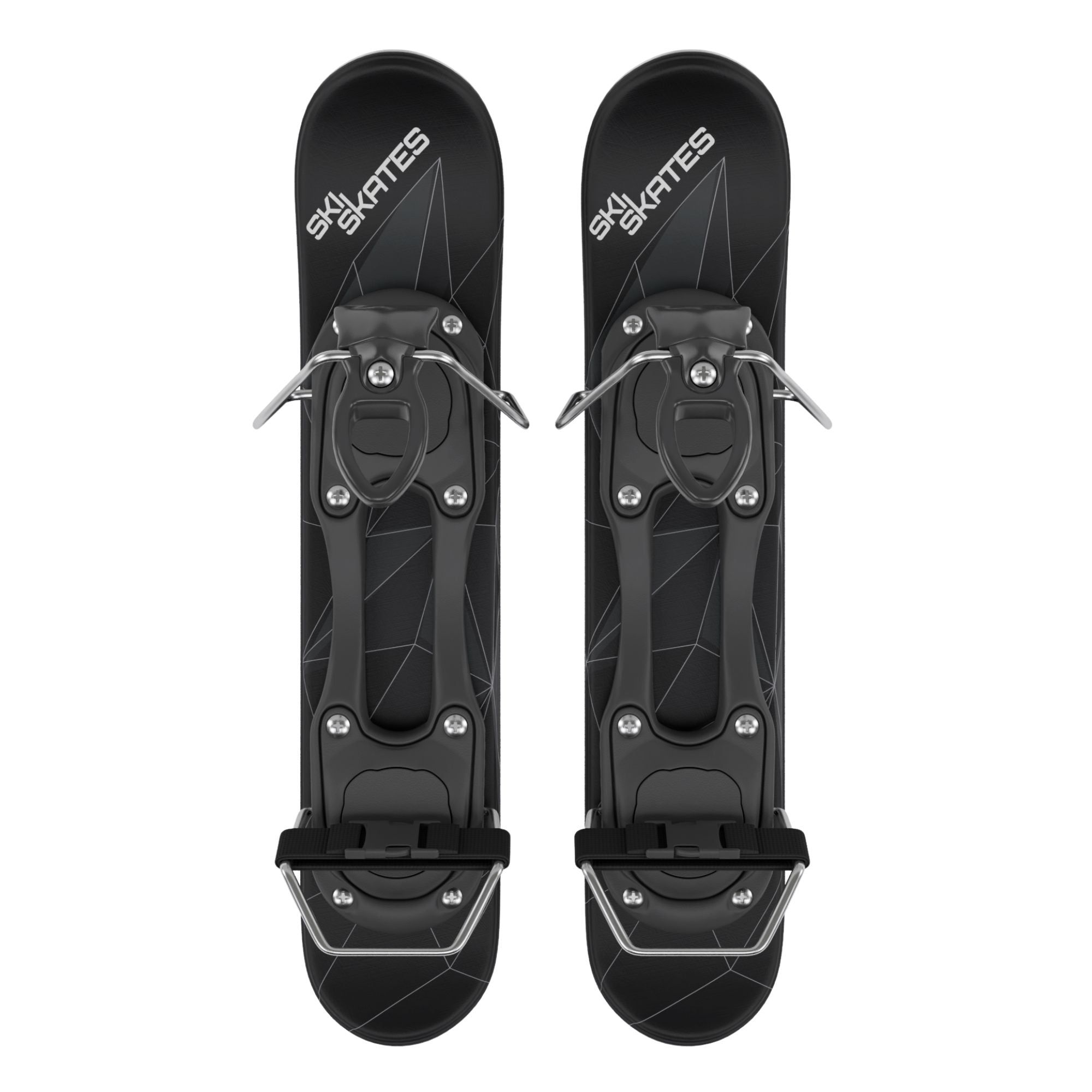
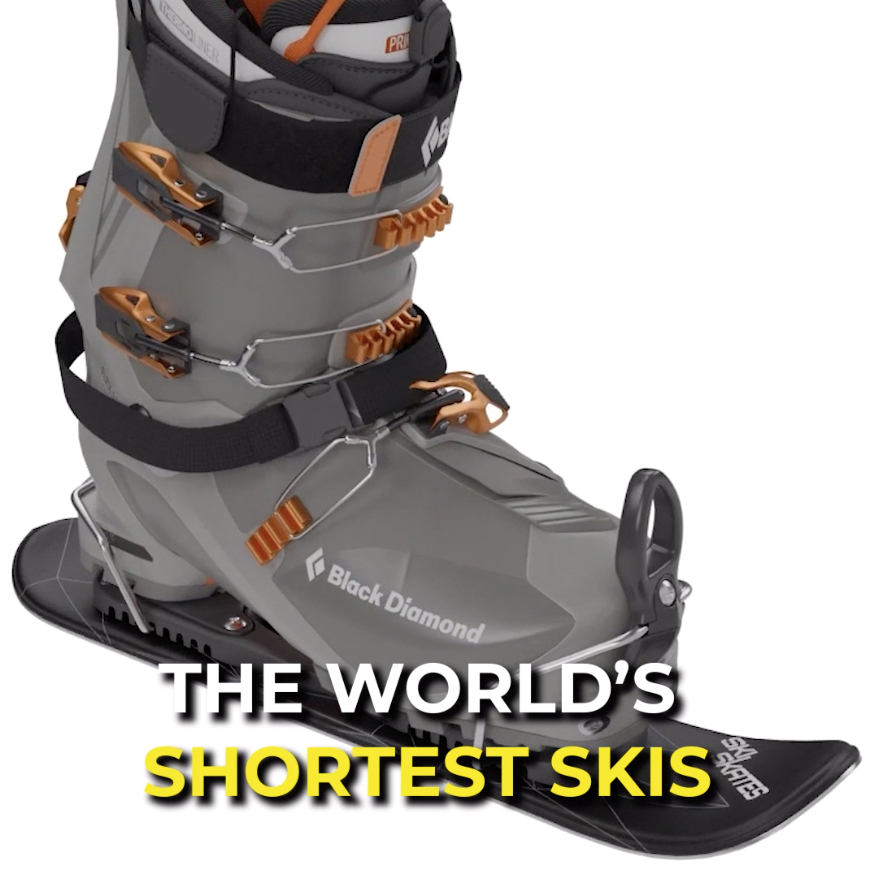
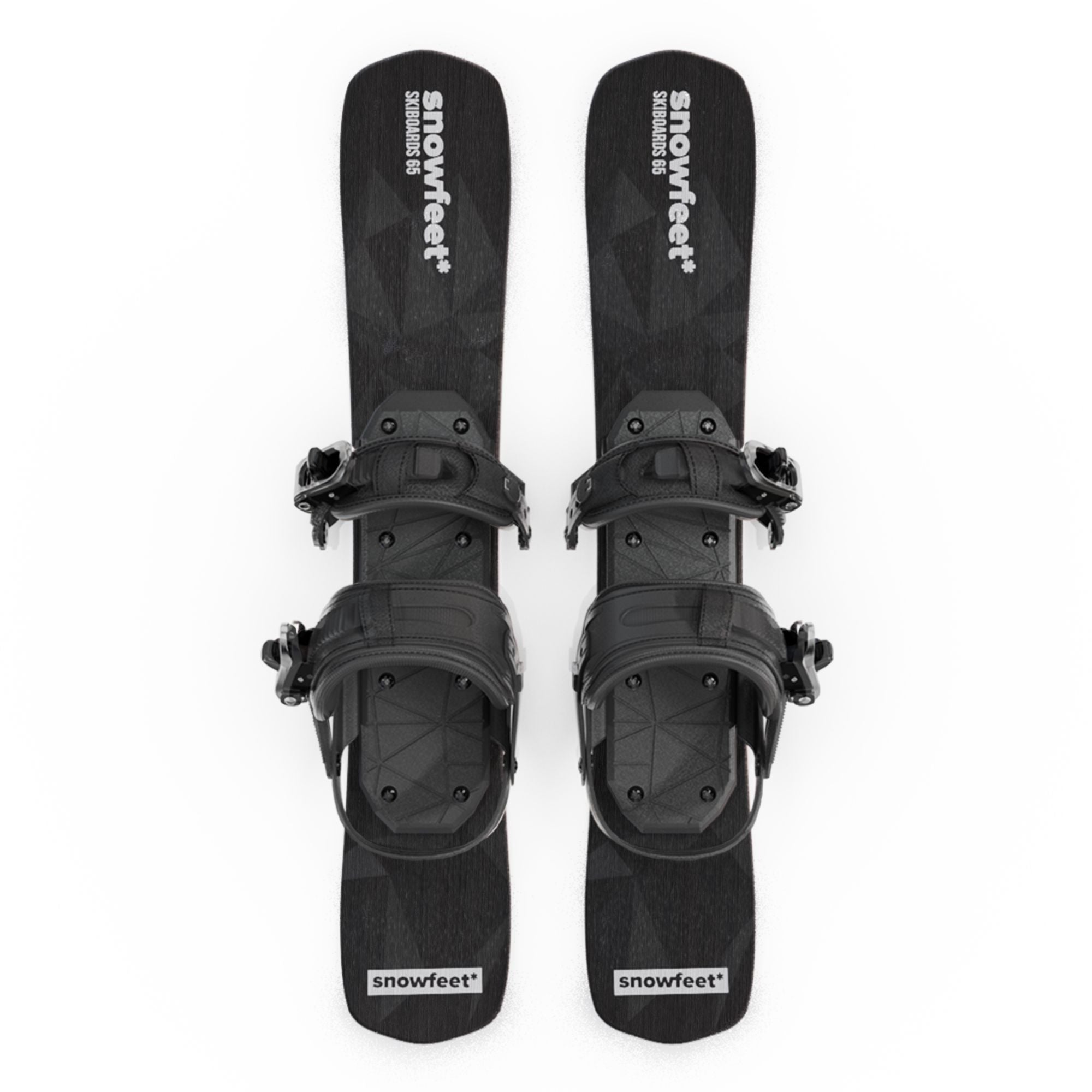
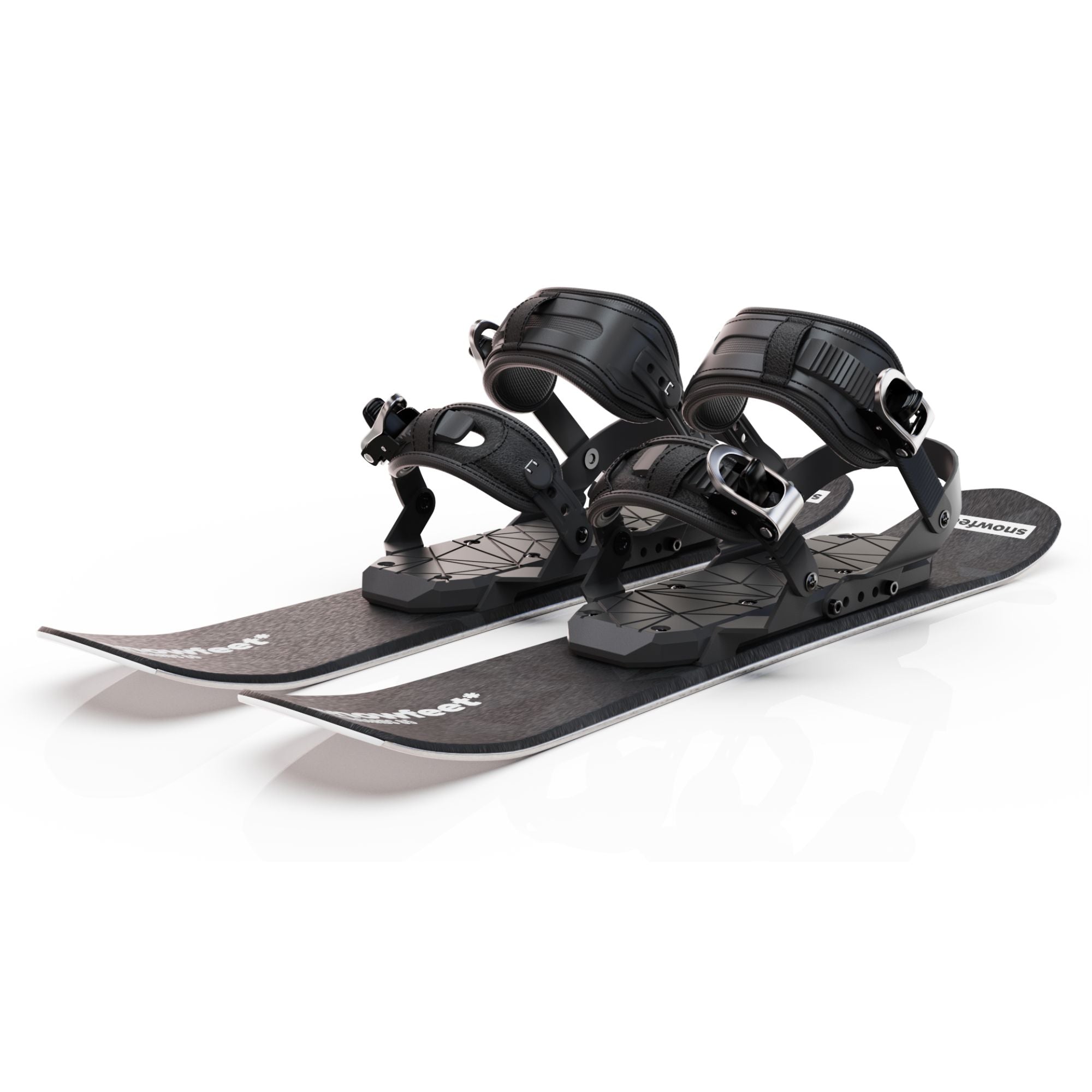
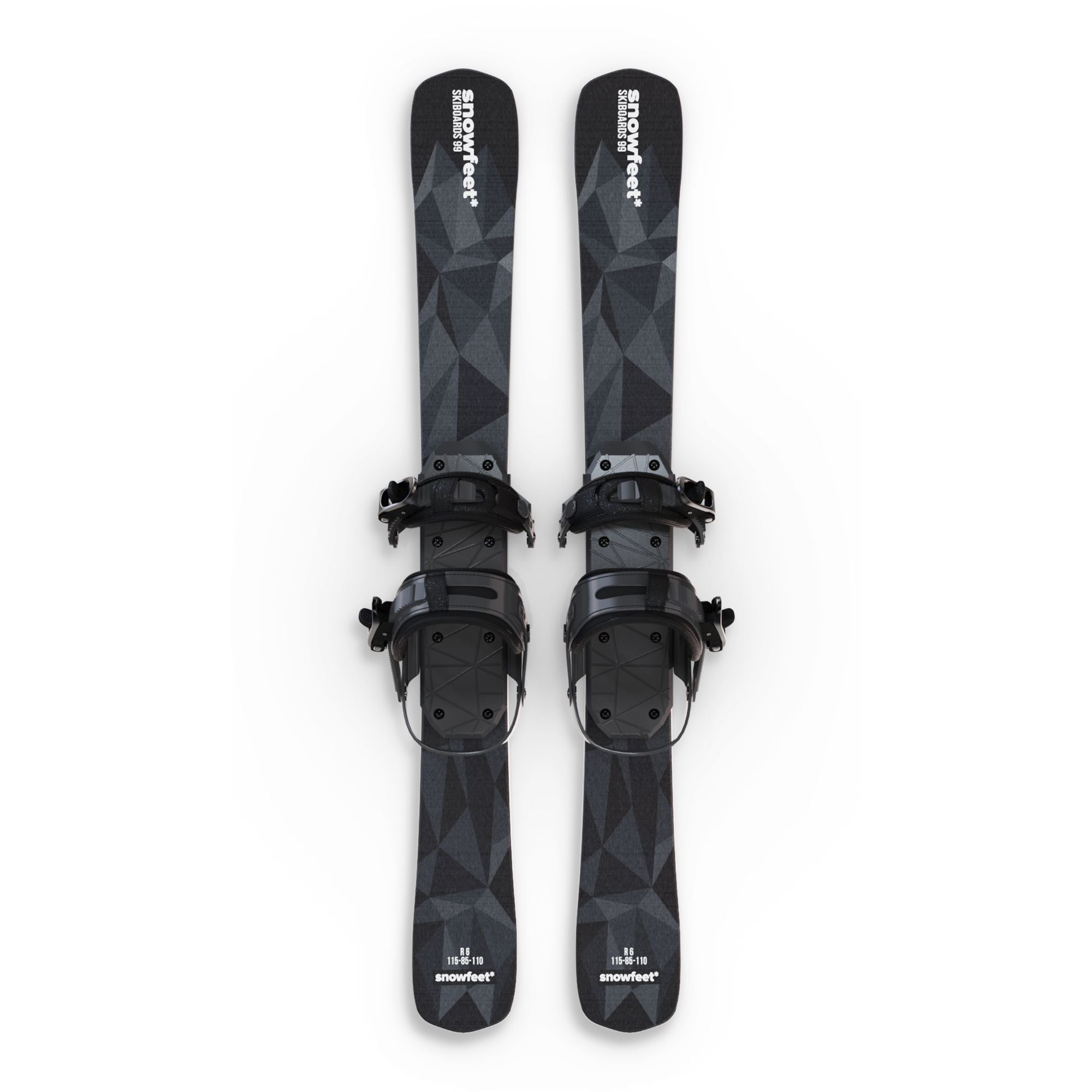
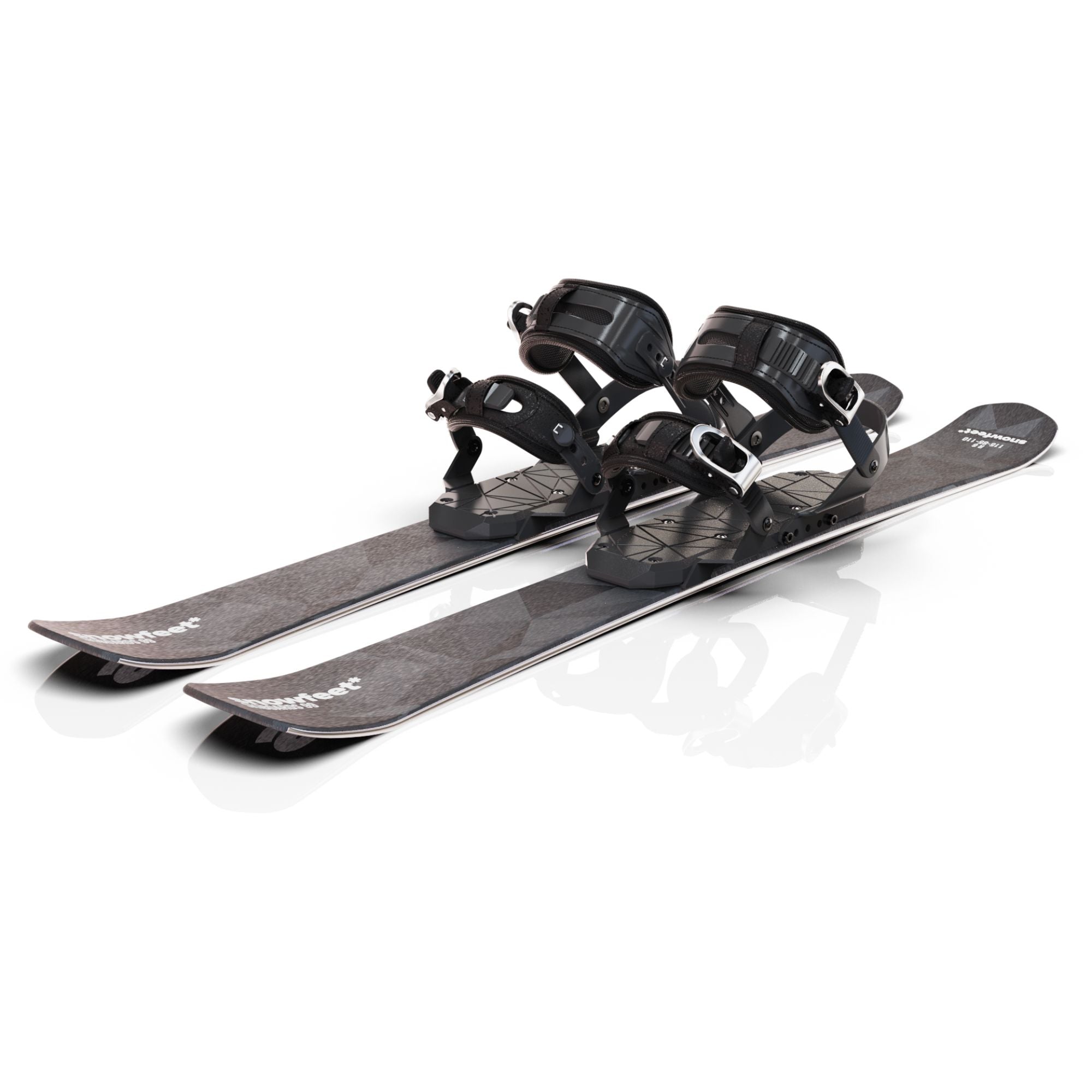
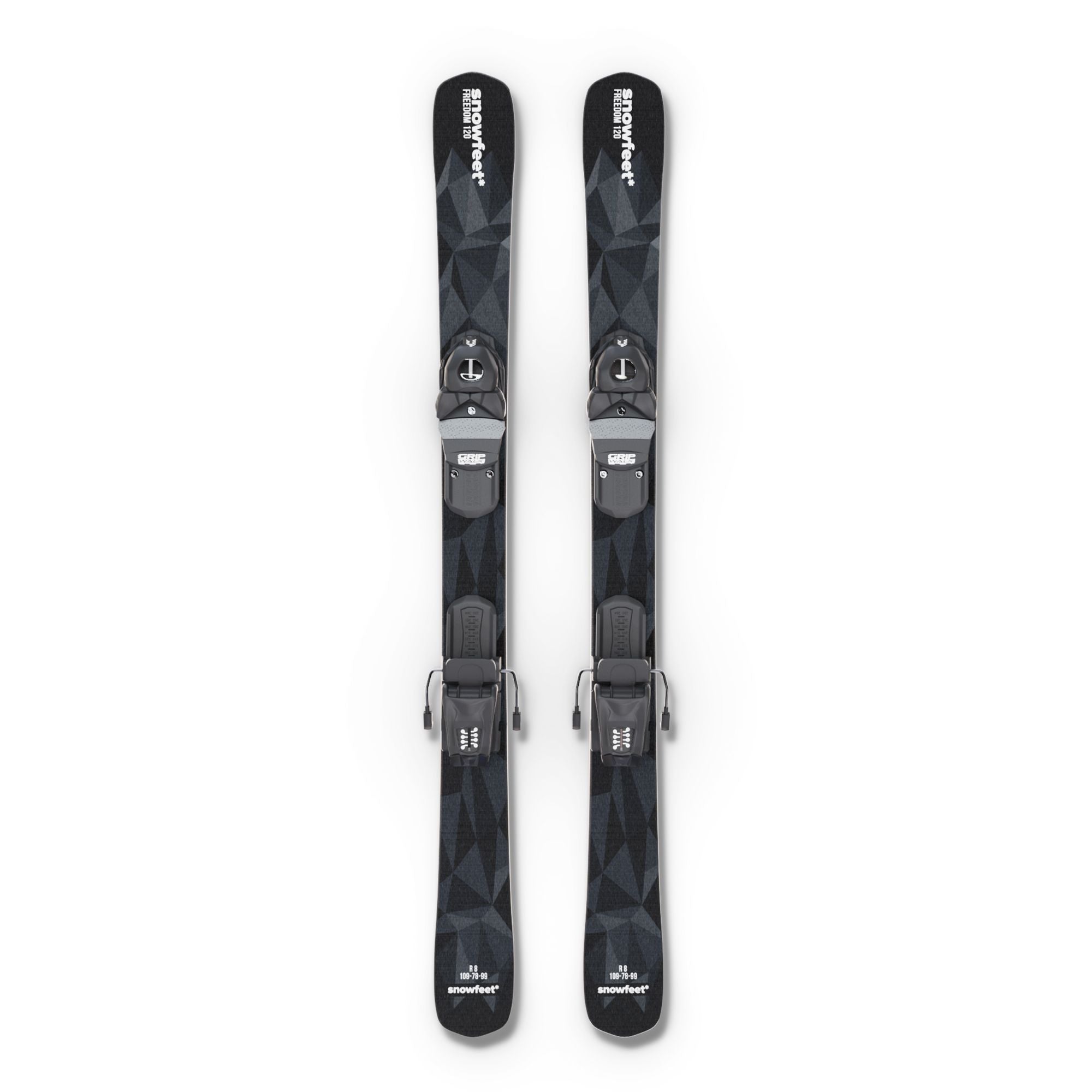
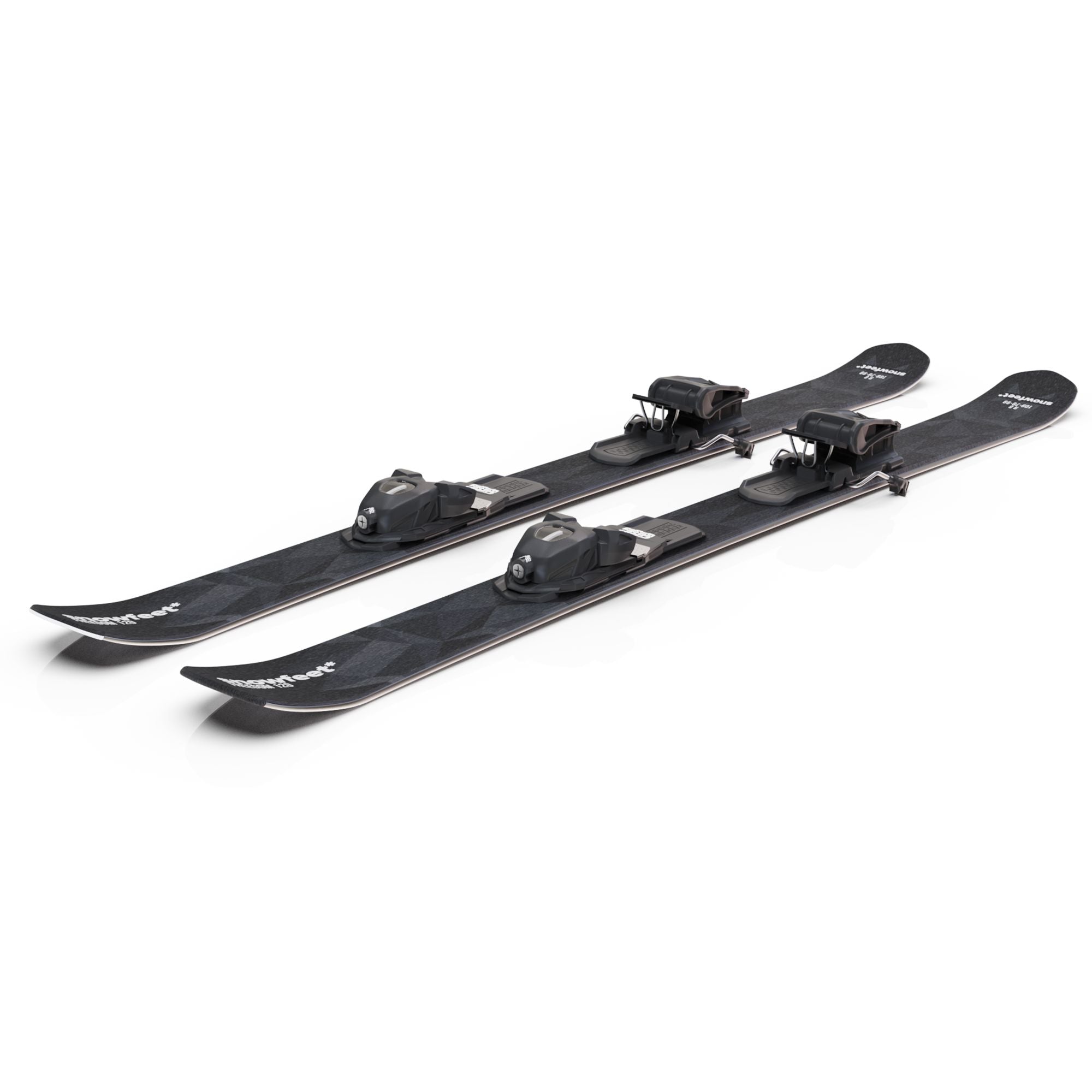
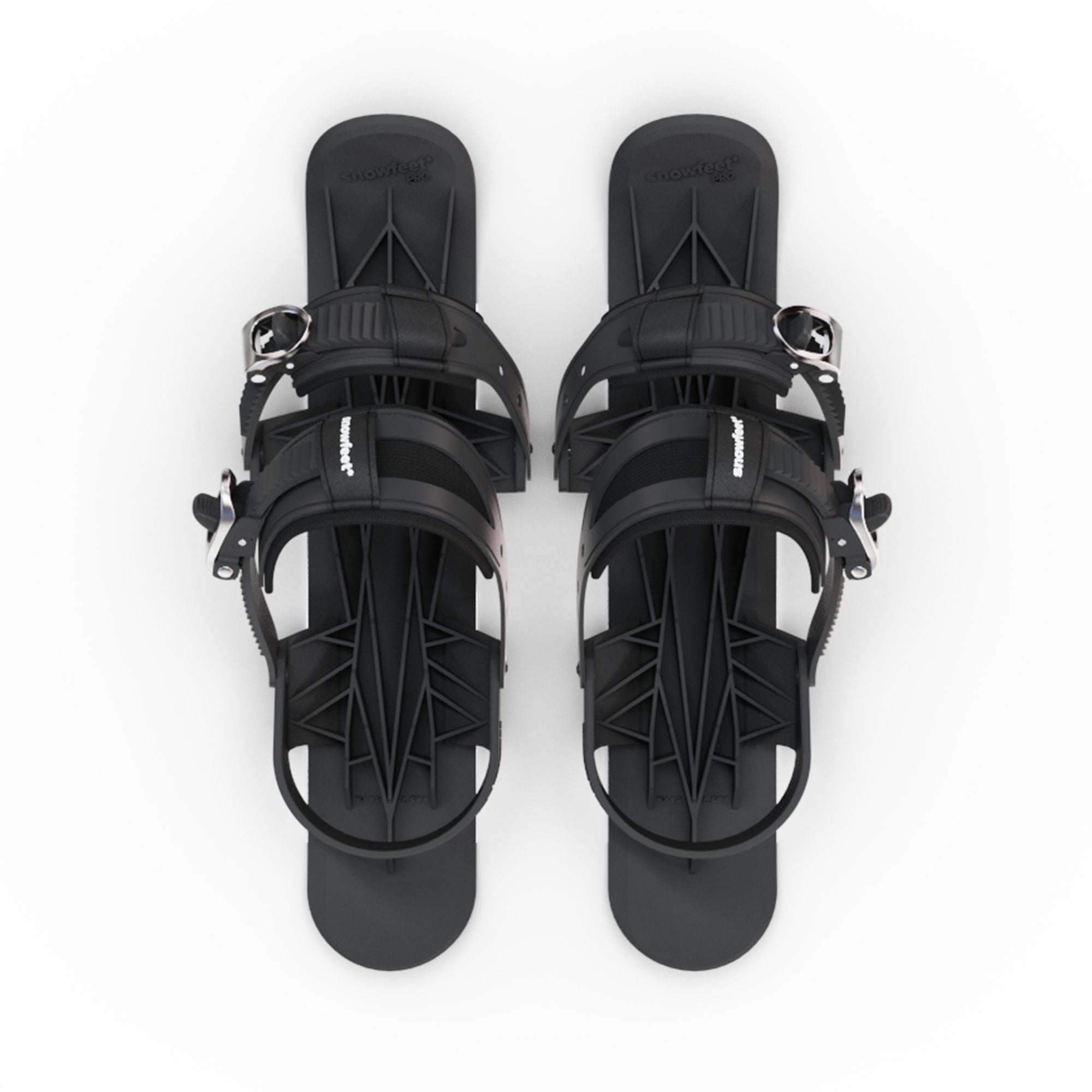
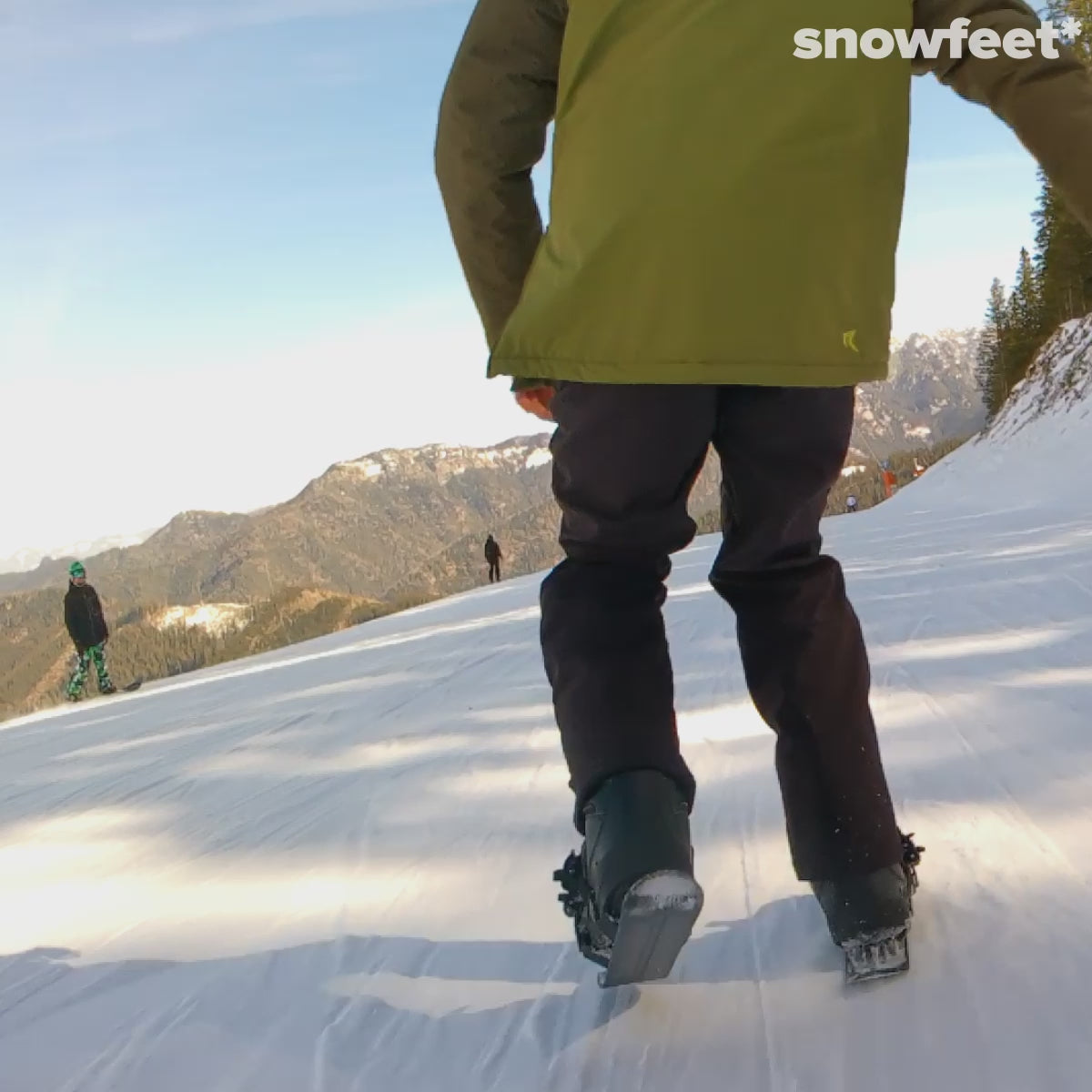
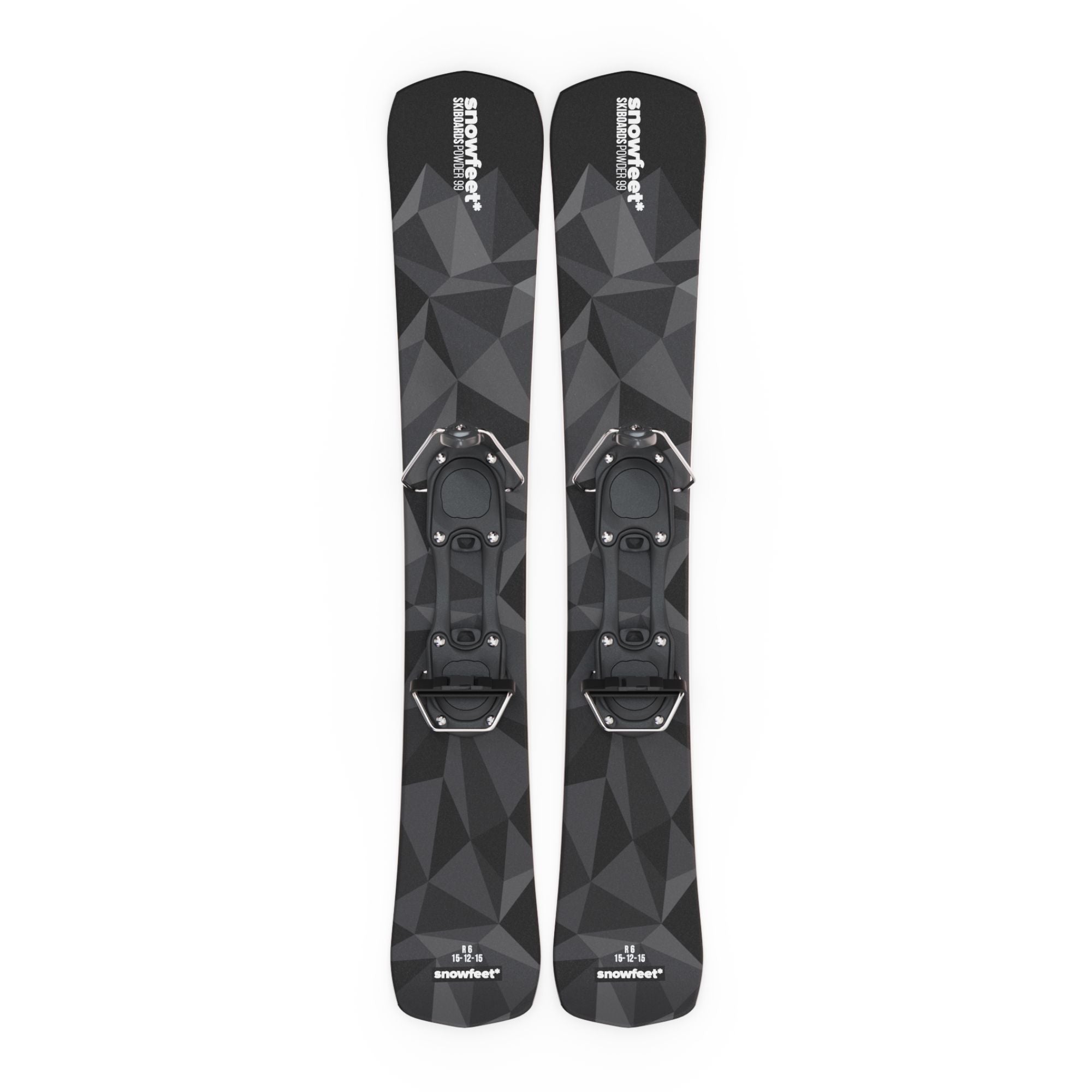
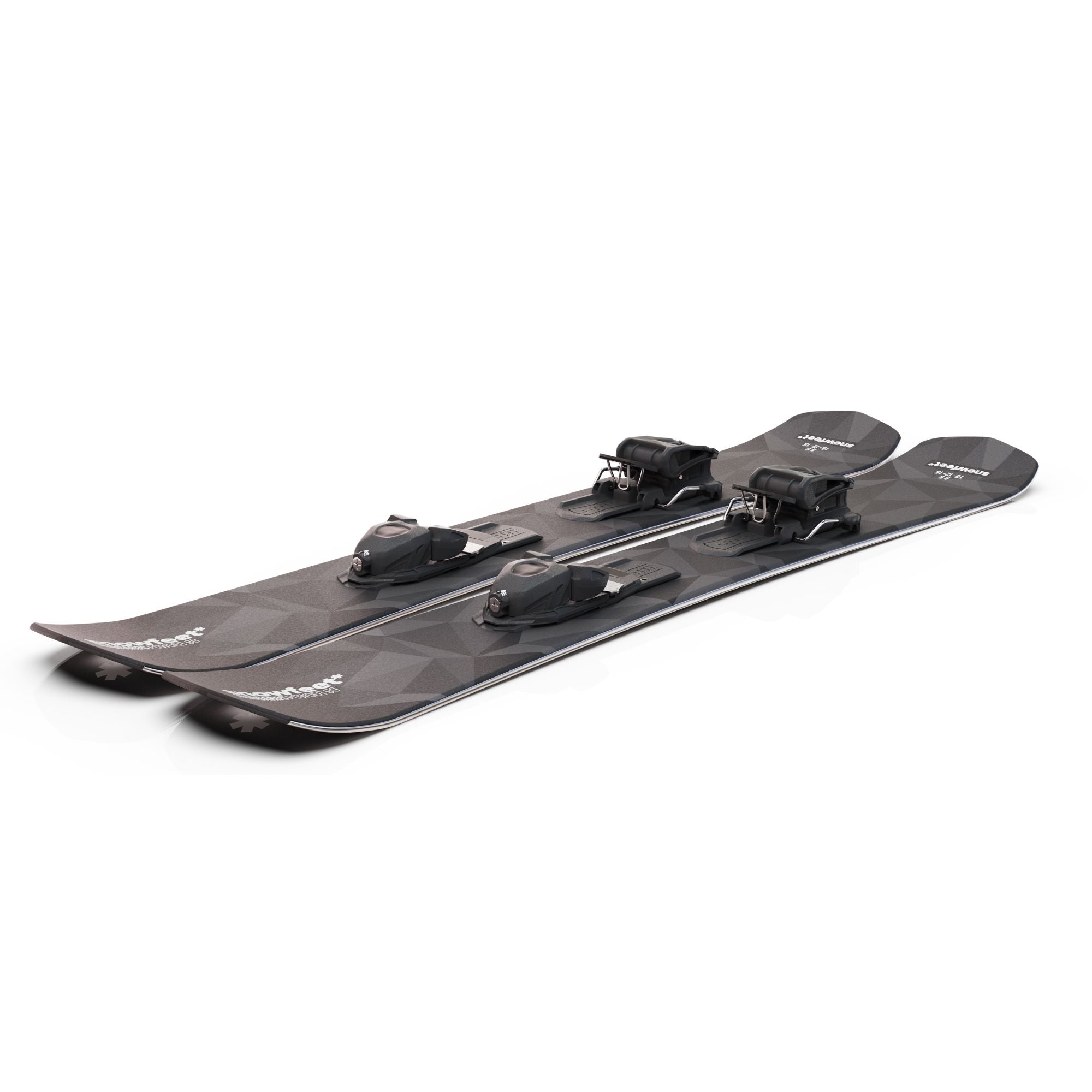
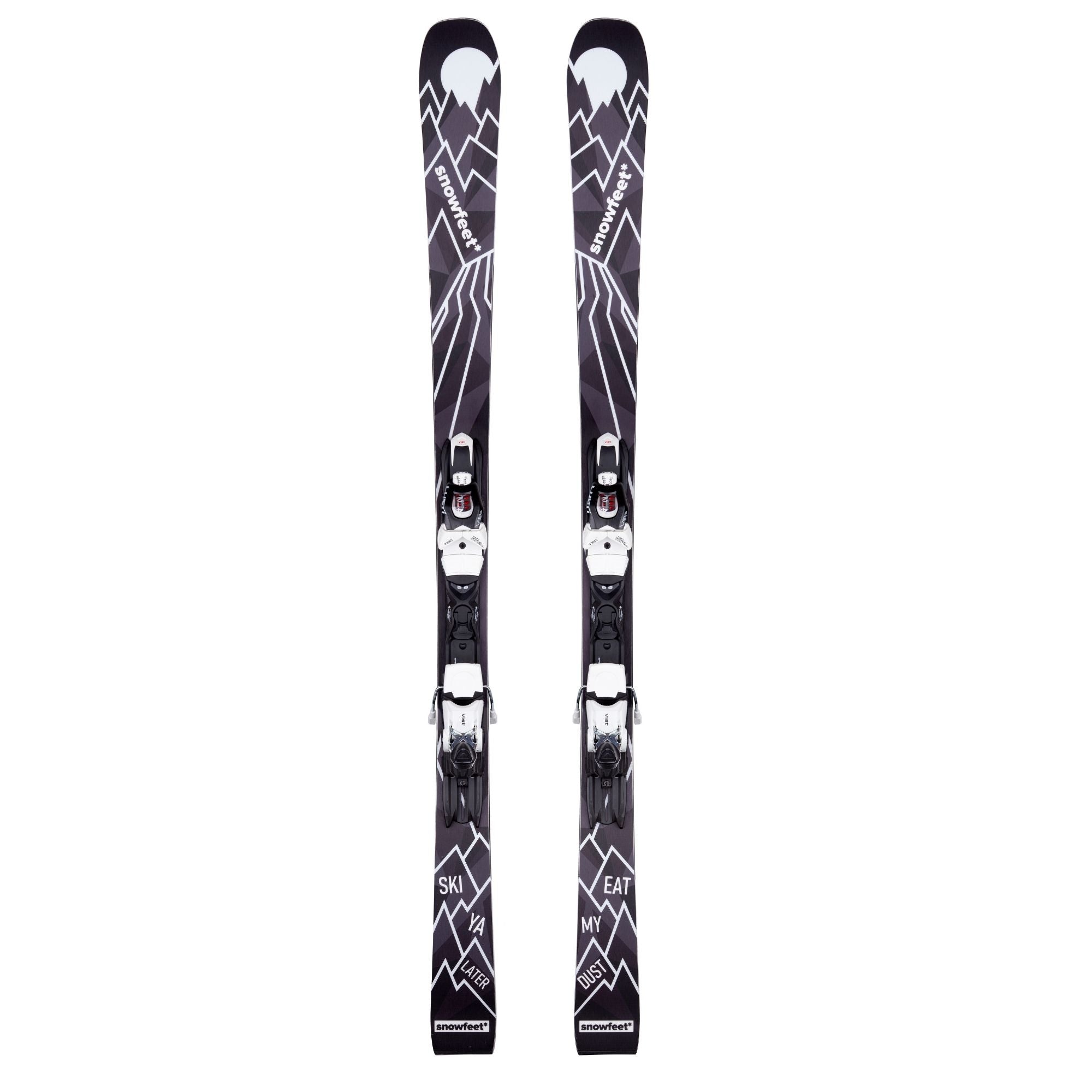
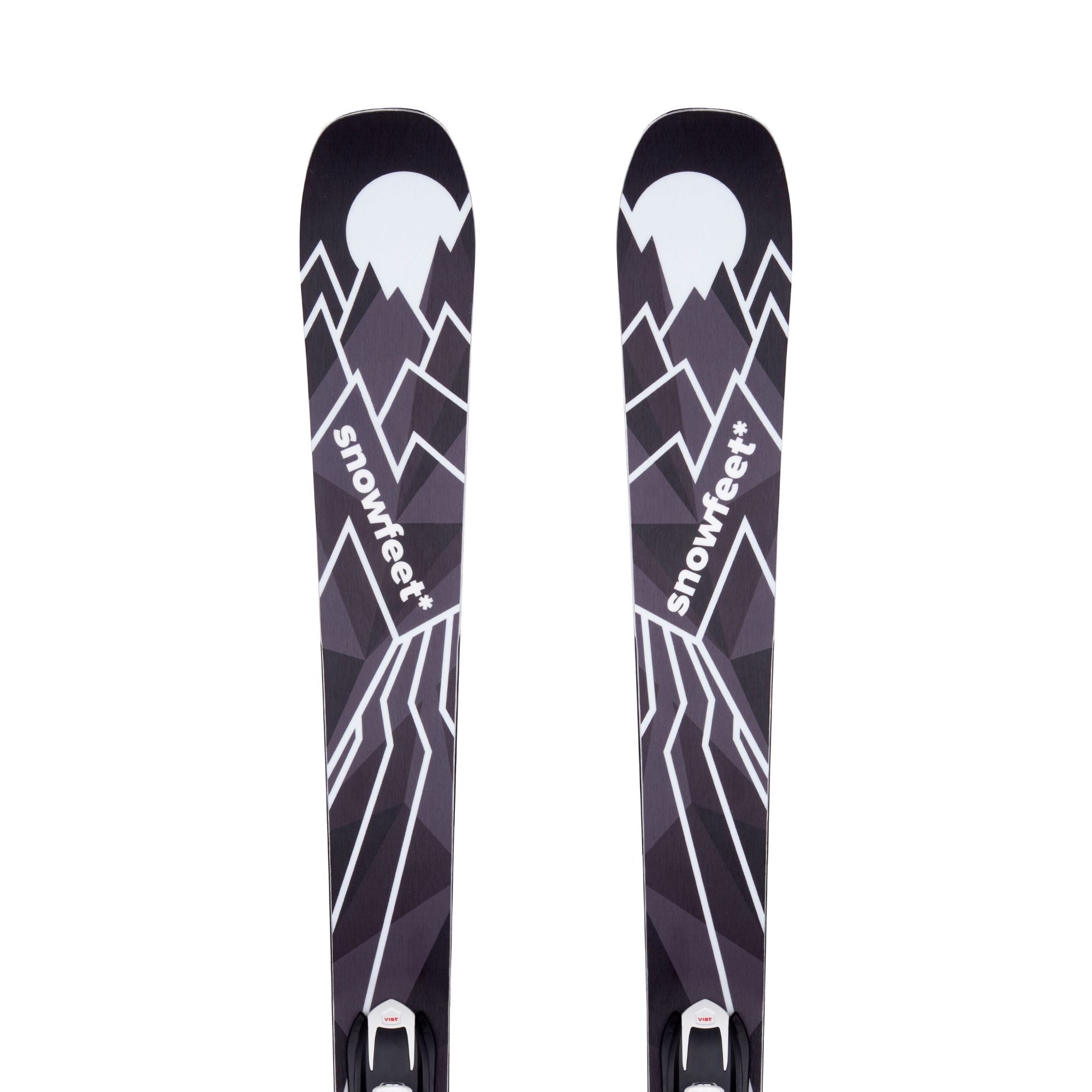
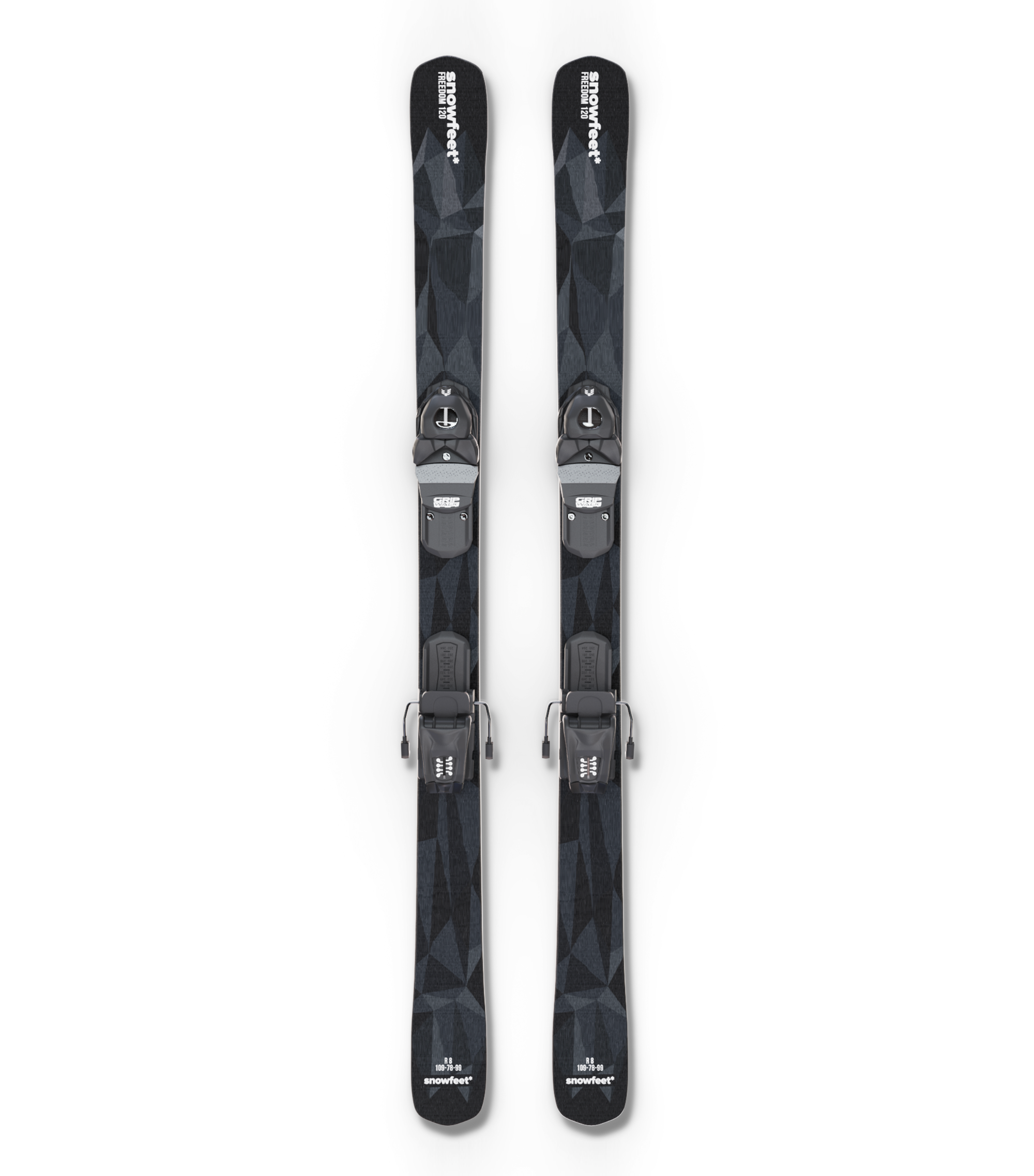
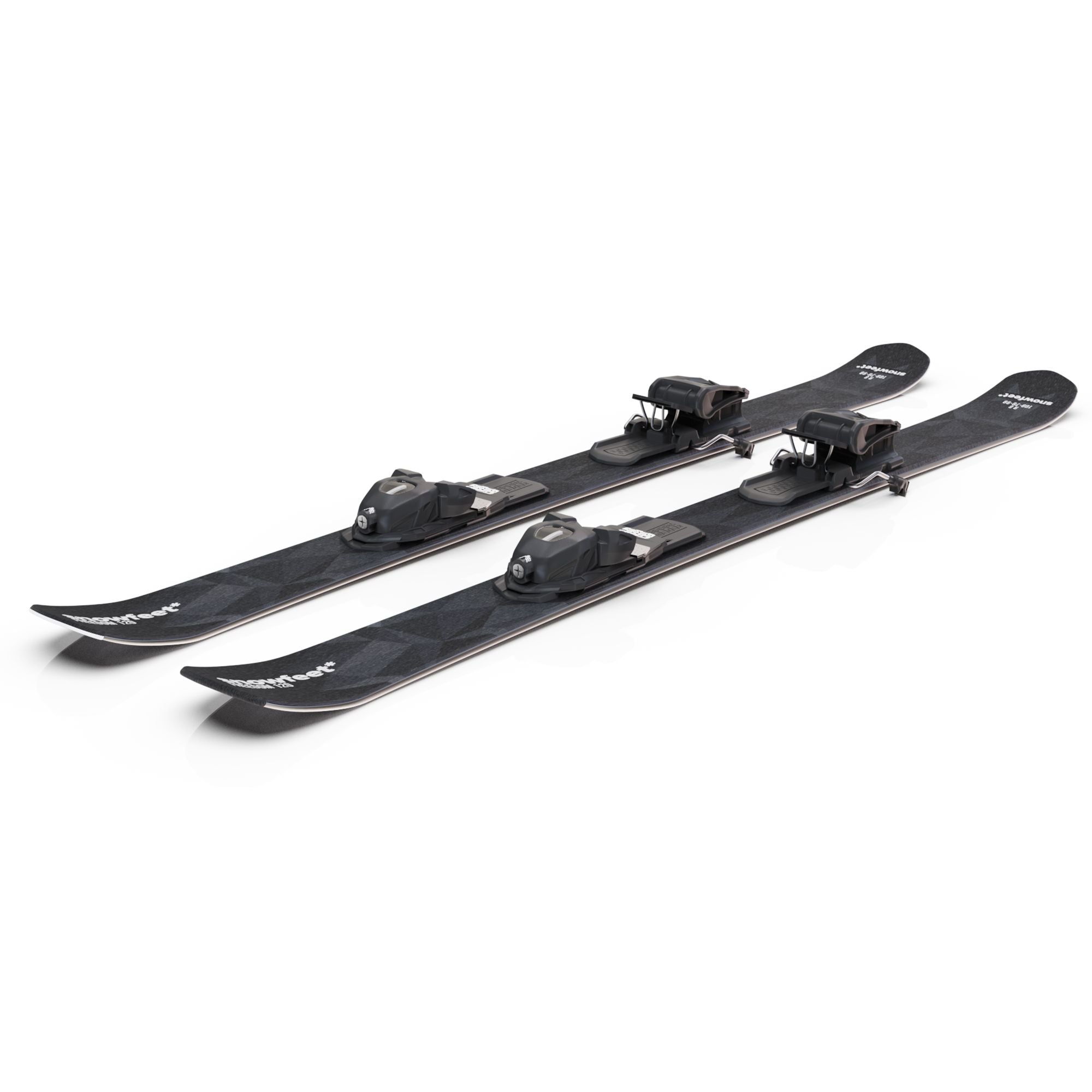
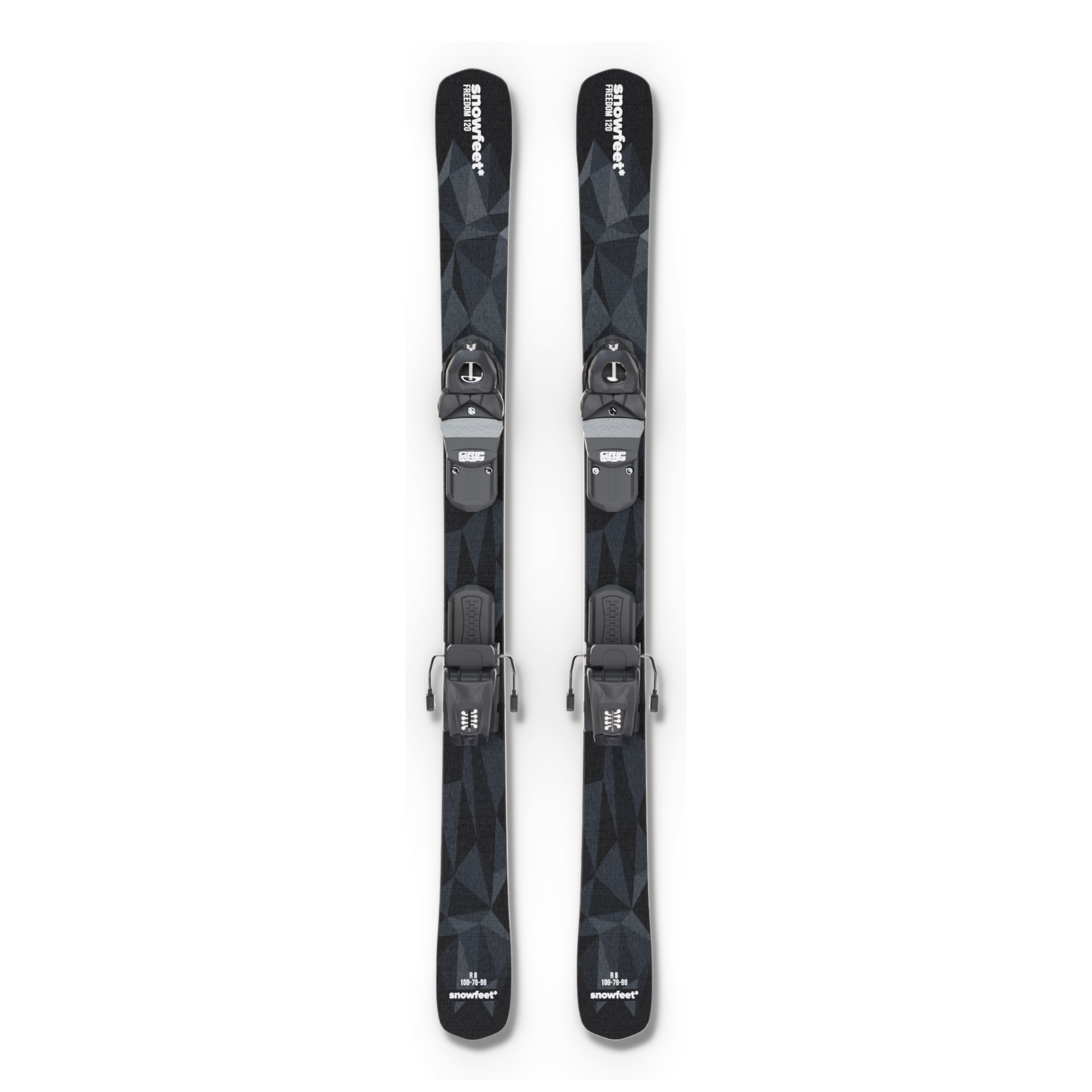
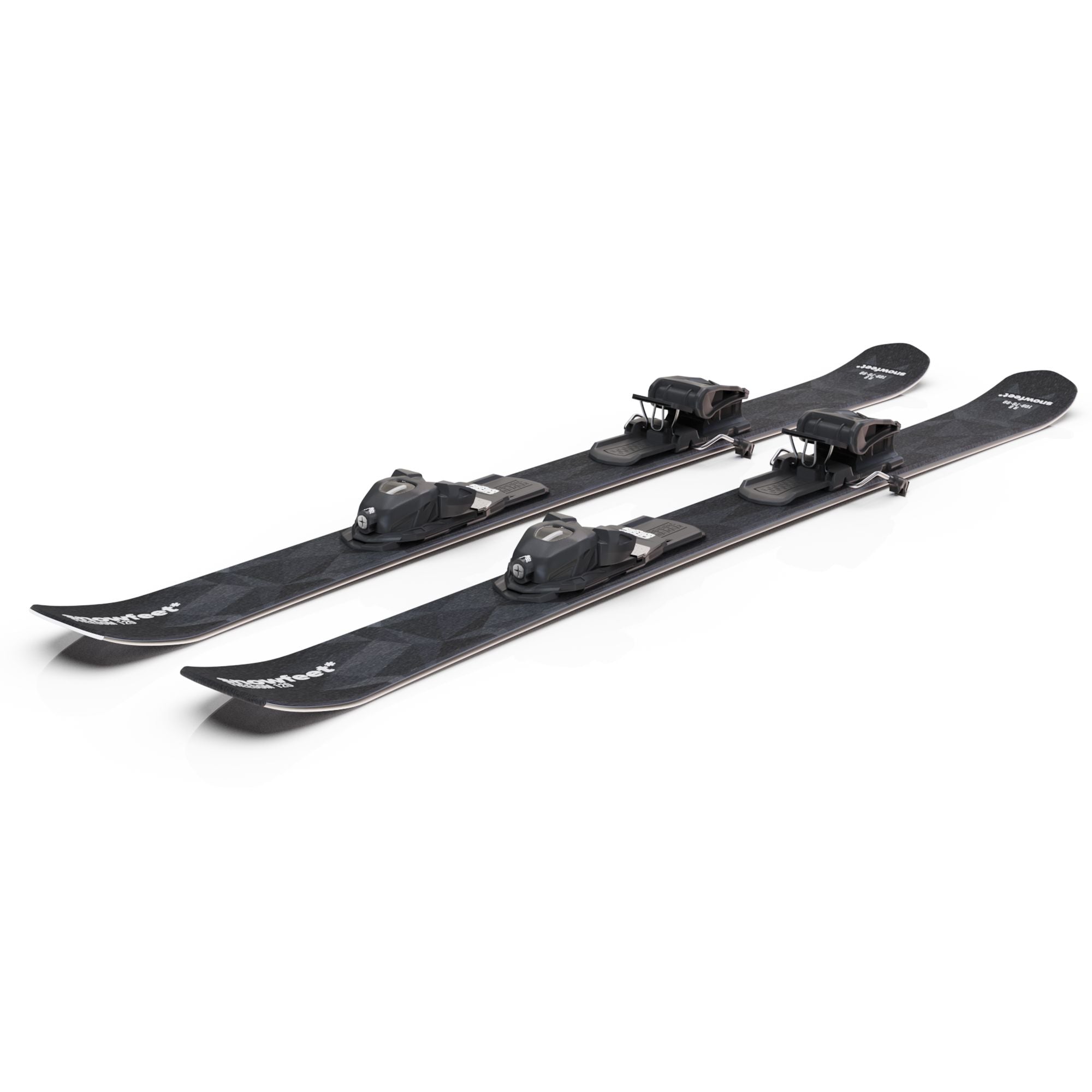
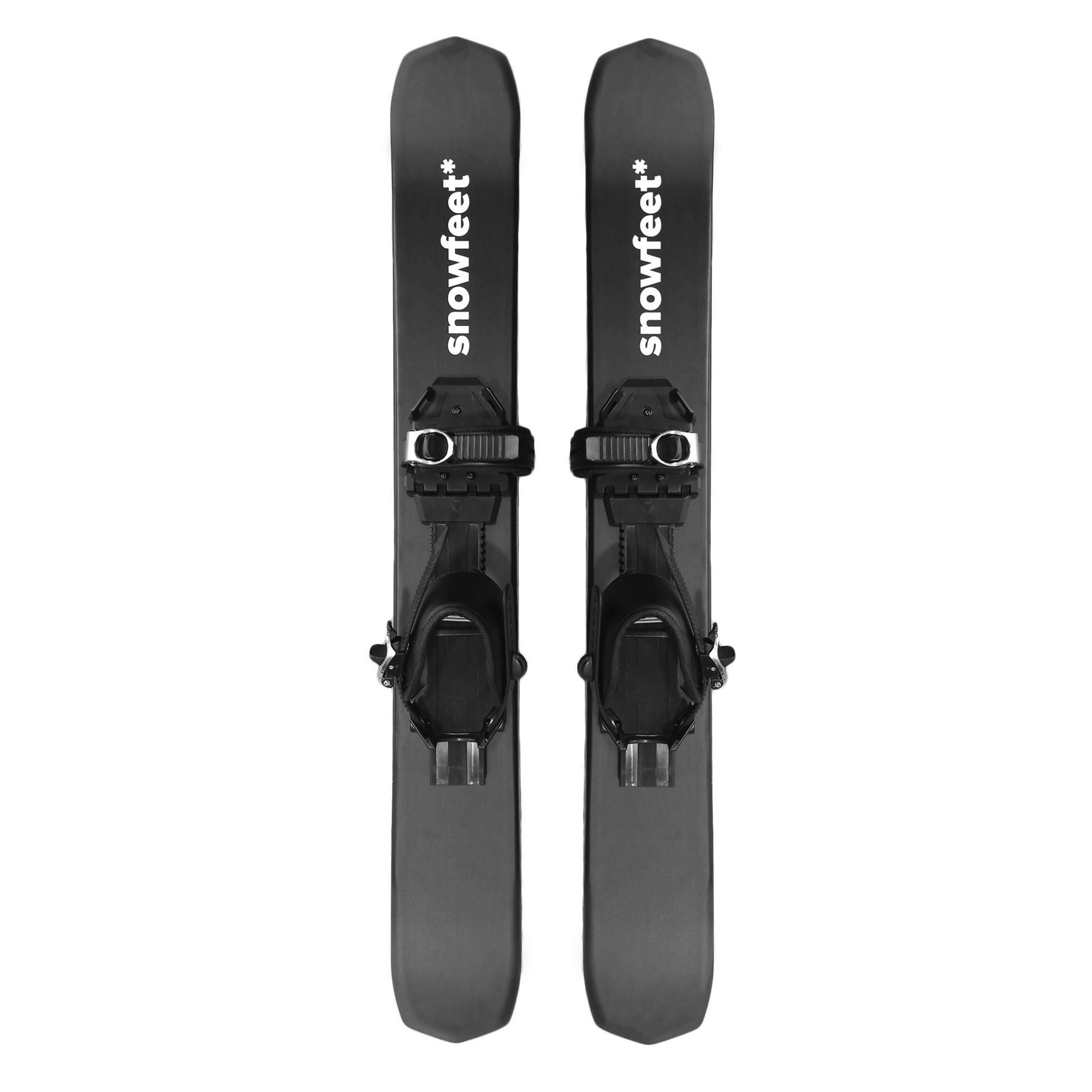
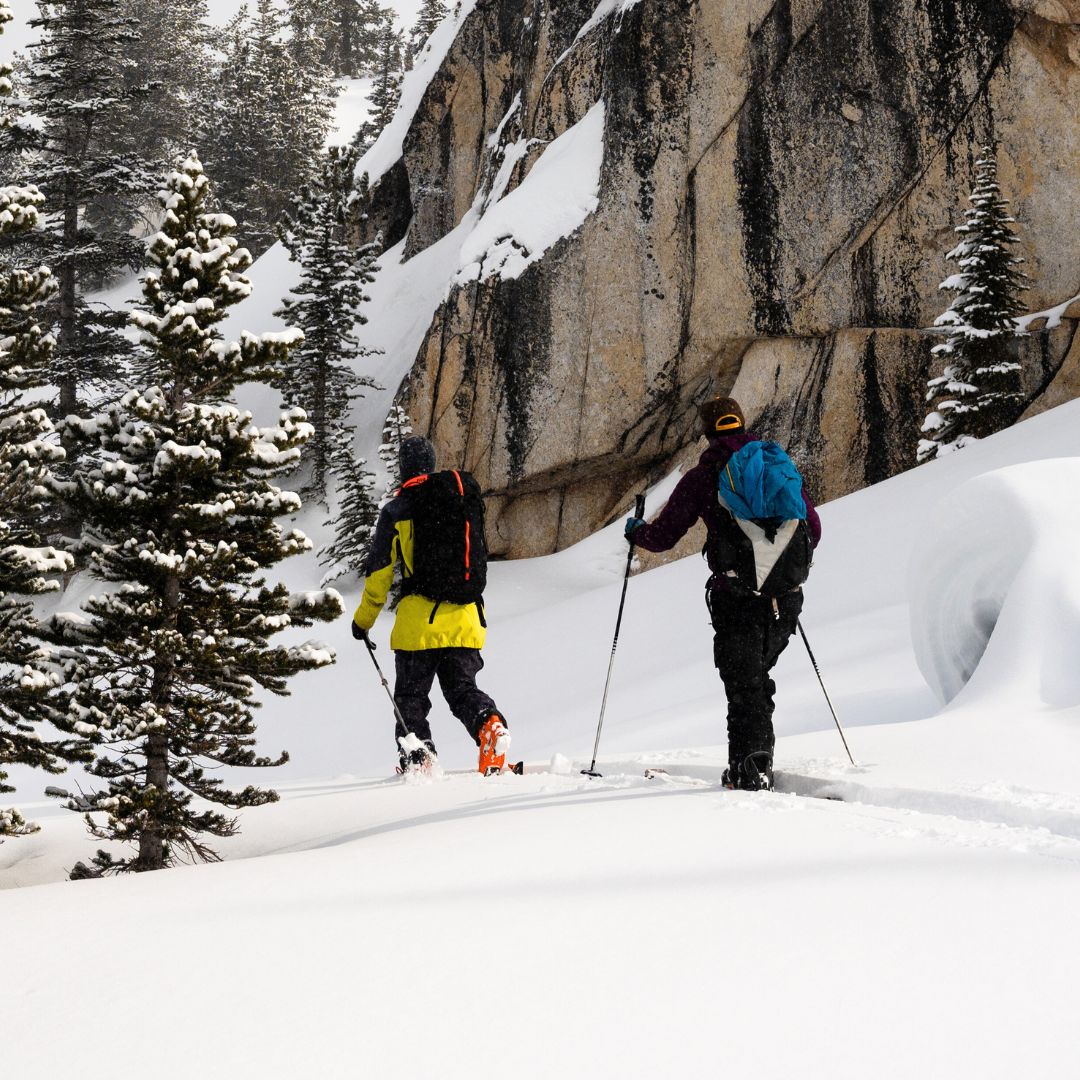
Leave a comment
This site is protected by reCAPTCHA and the Google Privacy Policy and Terms of Service apply.